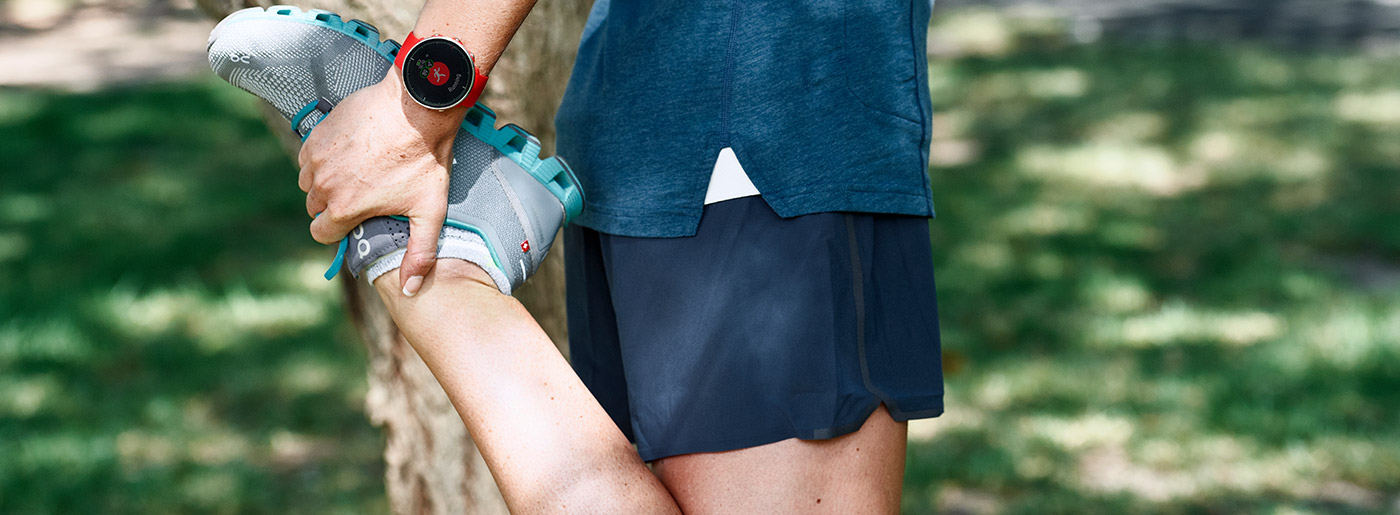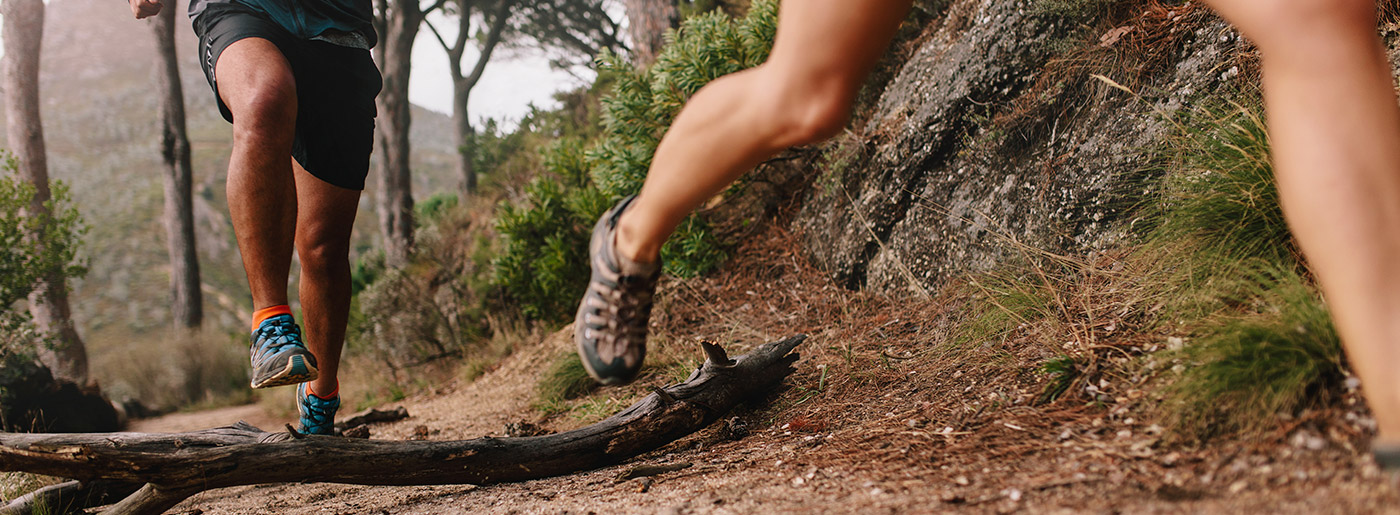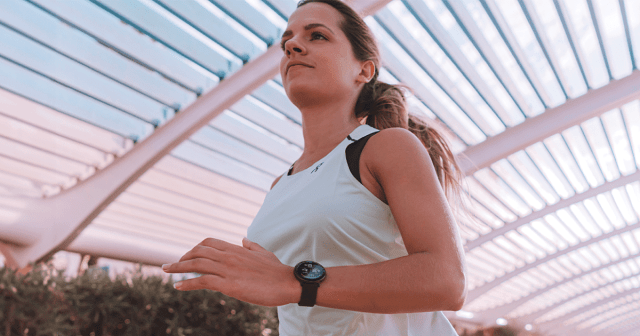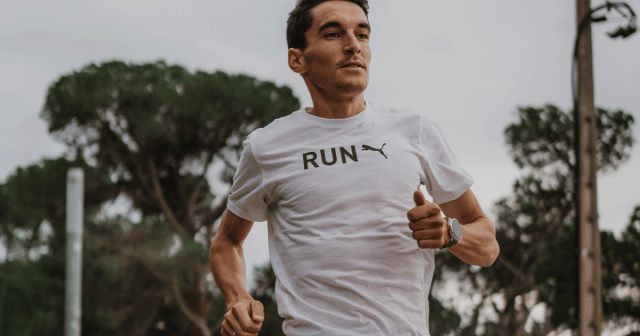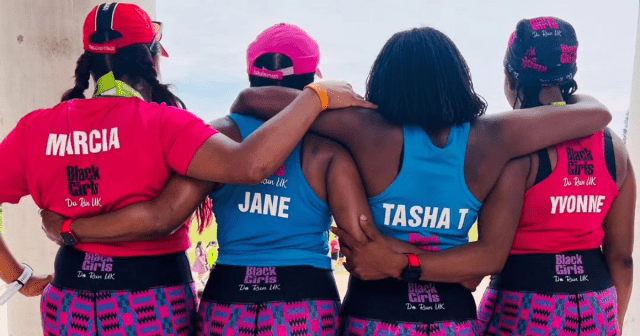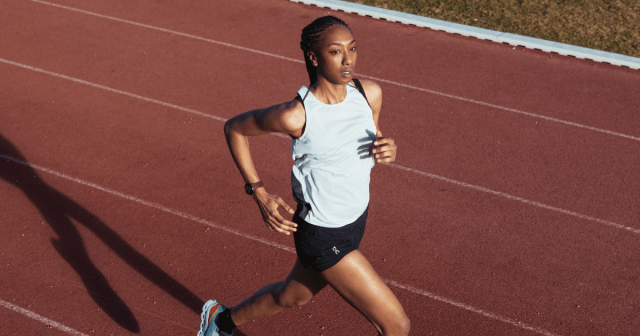Even if you’re an experienced runner, you may have some questions still unanswered about how to choose running shoes or misguided beliefs you heard once upon a time when you started running.
To help you focus on the most important and avoid the most common mistakes when choosing running shoes, we invited a team of sport scientists and running experts from the Swiss running company On to answer the questions you have been dying to know about running shoes.
Heralded as the “fastest growing running company in the world,” the Swiss brand On has been gaining momentum worldwide for a few years now, but in 2017, they have truly exploded onto the running scene. This year alone they won the coveted ISPO Product of the Year, have been seen on feet of royalty, US Presidents and atop countless podiums, and were even the shoe worn by champion Polar athlete Tim Don when he broke the Ironman World Record in May.
Here’s On’s advice on how to choose running shoes:
Keep your goal in mind
Your goal should be the first and most important thing to consider when you head into buying a pair of running shoes.
The question to ask is not “what shoe do I want to buy”, it’s “what do I want to do with this shoe”. From there, you’re already on the front-foot to making a great decision.
- Do you want to run a new 5K PB?
Then go in buying your pair of running shoes with speed in mind. - Signed up for your first marathon and looking for some way to cross the finish line?
You’ll need support and stability in that shoe to help you last the 42,000+ steps across the line. - Getting back to the gym?
Then a versatile shoe with plenty of adaptability is what you’re after.
Shop with your feet
Too often people shop with their eyes, not with their feet. That’s to say, they go for a shoe that simply looks good, or that they have always gone for, instead of one that may be better suited for their running style, gait and so on.
The right shoe feels like a second skin. Just like Cinderella sliding into her slipper, the perfect shoe makes dreams come true. Fairy tales aside, the right shoe is the one that:
- Gives you little or no pain on the run or afterwards
- Helps you get closer to your goals, whatever they may be
- Looks great – a lot of research suggests that if you think you look good, you perform better
You can run a marathon in the right shoe, and afterwards still not want to take it off. That’s how you know you’ve chosen well: a shoe that feels right both on the run and after it.
Do research and ask experts
A common mistake that people make when choosing running shoes is that they don’t do research. The internet is full of great resources and information about running so it’s fairly easy to see what other people are saying about a pair of shoes you might be interested in.
User reviews can give you direction and help you find out what other runners say about a certain model.
But, the best way to be sure of a new pair of shoes is to head to your local run speciality store and chat to them there before you buy. They’ll tell you yay or nay to whether a shoe is right for you, and take the guess-work out of finding that perfect pair.
“No pain, no gain” doesn’t apply to choosing running shoes
The number one indicator that you’re in the wrong shoe is pain. It’s normal to have a small amount of discomfort when it comes to “breaking in” a new pair of shoes, but if you’re side-lined for days recovering from even easy runs, that’s a clear sign something’s wrong.
Other signs to look out for are hot spots on the feet, wearing down of the shoe’s upper before the sole and any kind of foot-cramping during or after the run.
All new shoes will have some time to feel familiar – the rule of thumb is that takes around three of your “normal” runs to get used to the shoe (and for it to adapt to you).
Often, the more cushioning, the more comfortable right from the beginning. The thing to look out for is excess pain, even after those few runs.
3 key questions to ask yourself when you choose running shoes
With a goal in mind, it then comes down to these key questions for finding the right shoe:
- Where will you be running?
- What kind of feeling do you like underfoot?
- How much support do you prefer?
On’s 30-second shoe finder can help connect you with your perfect shoe. Try the shoe finder and discover your new favourite running companion.
If you liked this post, don’t forget to share so that others can find it, too.
Or give it a thumbs up!
I like this article
Please note that the information provided in the Polar Blog articles cannot replace individual advice from health professionals. Please consult your physician before starting a new fitness program.
